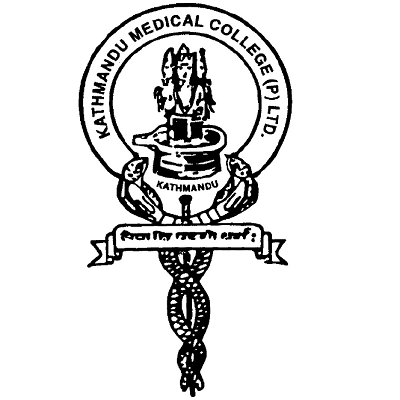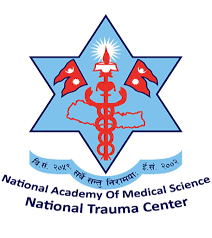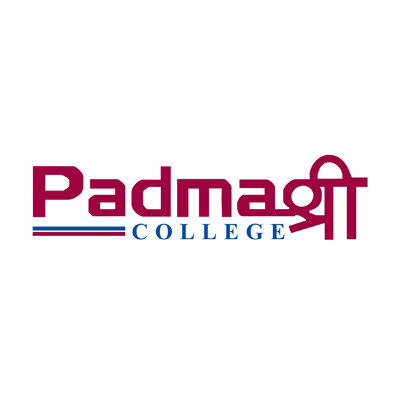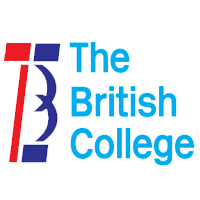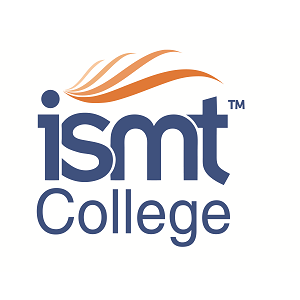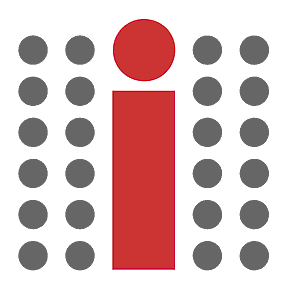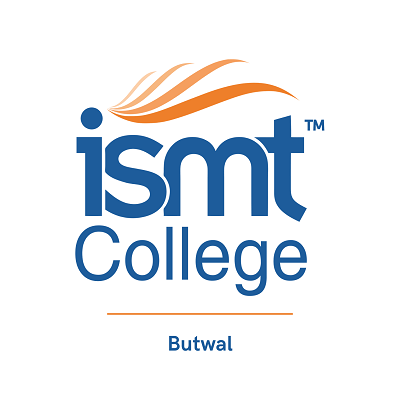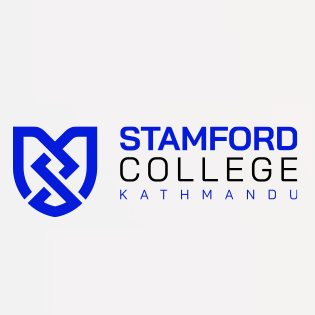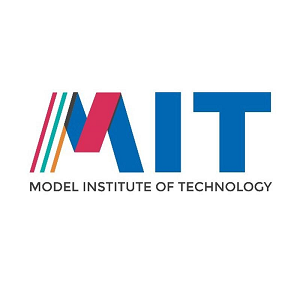Overview
MS Clinical Anatomy at Nepalese Army Institute of Health Sciences (NAIHS) College of Medicine
MS Clinical Anatomy at Nepalese Army Institute of Health Sciences (NAIHS) College of Medicine is a three-year postgraduate surgical degree under the Institute of Medicine (IOM), Tribhuvan University. The program prepares medical graduates to work as academic anatomists and clinical anatomy specialists who support teaching, research, and patient-centred clinical practice.
The course is conducted by the Department of Anatomy, one of the six Integrated Basic Medical Sciences (IBMS) departments at NAIHS College of Medicine. The department follows the IOM curriculum for undergraduate and postgraduate programs and focuses on clear understanding of human body structure through cadaveric dissection, histology, museum learning, and clinical correlation.
For MS Clinical Anatomy, NAIHS currently has 2 seats, as per the official postgraduate seat distribution of the college. The program is recognised by the Medical Education Commission (MEC) and Nepal Medical Council through NAIHS’s affiliation with Tribhuvan University and relevant professional councils.
If you are an MBBS graduate who enjoys teaching, anatomy practicals, and academic discussions, this course gives you a structured pathway into academic medicine and anatomy-based research while remaining connected to clinical practice through multidisciplinary collaboration.
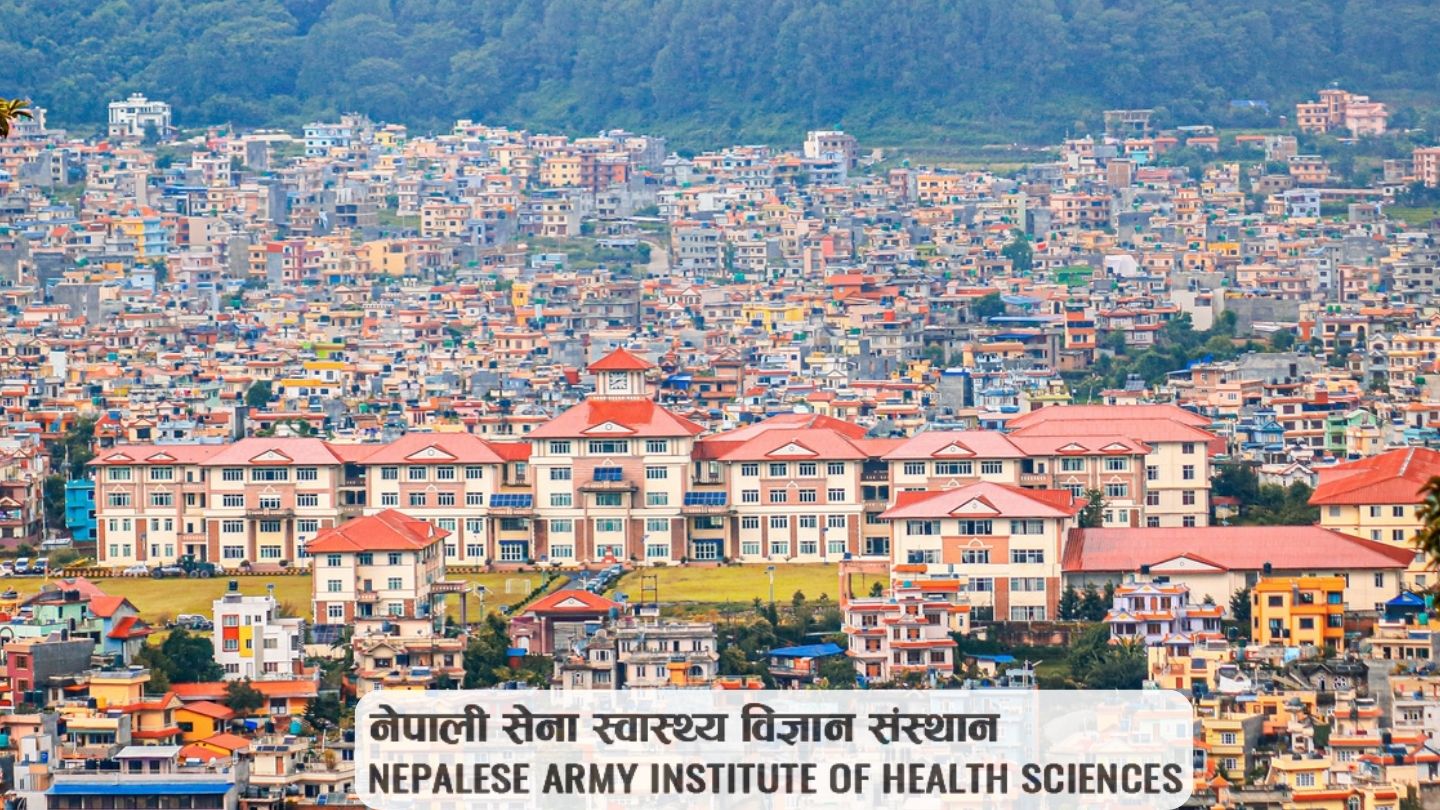
Highlights
-
Degree: Master of Surgery (MS) in Clinical Anatomy
-
Institution: Nepalese Army Institute of Health Sciences – College of Medicine (NAIHS-COM), Sanobharyang, Bhandarkhal, Kathmandu
-
Affiliation: Institute of Medicine (IOM), Tribhuvan University
-
Duration: 3 years full-time residency (MD/MS framework of IOM)
-
Seats at NAIHS: 2 seats for MS Clinical Anatomy
-
Teaching Department: Department of Anatomy, NAIHS-COM
-
Teaching Hospital: Shree Birendra Hospital (SBH), a 635-bed tertiary level hospital of the Nepal Army in Chauni, Kathmandu
-
Indicative Fee (as per institutional information shared): NPR 1,085,870 for Nepali candidates (students should cross-check latest fee notices from NAIHS/MEC before application)
Curriculum Details
MS Clinical Anatomy follows the MD/MS framework of Tribhuvan University’s Institute of Medicine. It combines advanced study of human anatomy with teaching skills, clinical correlation, and research methodology.
Key academic components typically include:
-
Advanced gross anatomy of head and neck, thorax, abdomen, pelvis, upper and lower limbs
-
Developmental anatomy and congenital anomalies
-
Microscopic anatomy (histology) of organs and systems
-
Neuroanatomy, including spinal cord, brainstem, cerebrum, cerebellum, cranial nerves, and functional pathways
-
Radiological anatomy, focusing on interpretation of X-ray, CT, MRI, and ultrasound images
-
Cross-sectional and surface anatomy relevant for surgery, radiology, and anaesthesia
-
Clinical and applied anatomy relating to common surgical and medical conditions
-
Embryology and genetic principles relevant to malformations and perinatal counselling
-
Basics of medical education, teaching–learning methods, and assessment strategies
-
Research methodology, biostatistics, and thesis work according to TU-IOM guidelines
Teaching and assessment remain aligned with IOM’s MD/MS regulations, combining theory examinations, practical and viva assessments, internal evaluations, and a research dissertation submitted to Tribhuvan University.
Objectives
MS Clinical Anatomy at NAIHS aims to:
-
Produce anatomists who can teach anatomy effectively to MBBS, BSc Nursing, BSc MLT, BPH, and other health-science students
-
Integrate anatomical knowledge with clinical disciplines such as surgery, orthopaedics, radiology, neurology, and obstetrics–gynaecology
-
Develop capacity to conduct independent and collaborative anatomical and medical-education research
-
Encourage disciplined, ethical, and socially responsible professional behaviour in academic and clinical settings
-
Support institutional goals of NAIHS and IOM through quality teaching, research, and participation in conferences, seminars, and symposia
For you as a postgraduate learner, these objectives mean structured growth not only as a subject expert but also as a teacher, communicator, and researcher.
Scope
Graduates of MS Clinical Anatomy have a wide academic and professional scope in Nepal and abroad:
-
Teaching posts in medical colleges, nursing colleges, and allied health-science programs (under Tribhuvan University, Kathmandu University, BP Koirala Institute of Health Sciences, and other universities)
-
Positions as faculty members in Departments of Anatomy where new MBBS and BSc programs are opening, driven by national expansion in medical and health-professions education
-
Opportunities to work as anatomy educators in residency programs (orthopaedics, general surgery, radiology, neurosurgery, obstetrics–gynaecology, etc.)
-
Research roles in anatomical variation, developmental anomalies, neuroanatomy, anthropometry, ergonomics, and medical education, areas that NAIHS itself is exploring.
-
Pathways toward PhD studies in anatomy, neuroscience, or medical education, supported by the department’s plan to start PhD programs in future.
For students who enjoy long-term academic careers, MS Clinical Anatomy offers stable demand, strong teaching opportunities, and space for research-oriented growth.
Learning Outcomes
By the end of MS Clinical Anatomy at NAIHS, a typical graduate should be able to:
-
Explain gross, microscopic, developmental, and neuroanatomy of all major systems with clear clinical correlation
-
Interpret common imaging modalities from an anatomical perspective and assist clinicians in planning procedures
-
Conduct cadaveric dissection, prosection, and specimen preparation for museum and teaching use
-
Teach anatomy to undergraduate and postgraduate students using lectures, tutorials, problem-based sessions, and practical demonstrations
-
Conduct anatomical and educational research, including planning a project, collecting data, analysing findings, and presenting results in scientific forums
-
Participate in interdisciplinary teams with surgeons, radiologists, and other specialists when anatomical input is required
These outcomes are aligned with the departmental goals of producing competent, responsible health professionals with strong academic foundations.
Skill Development Modules
The Department of Anatomy at NAIHS provides a rich environment for gaining hands-on skills:
-
Cadaveric dissection and prosection
-
Work in a dissection hall equipped to accommodate around 150 students, supported by multimedia facilities and preparation room with cadaver tanks.
-
-
Histology and microscopy
-
Use a penta-head microscope and multiple binocular microscopes in a histology lab with seating capacity for around 50 students.
-
-
Anatomy museum work
-
Engage with three museum rooms displaying models and specimens, gaining experience in specimen preparation, mounting, and labelling.
-
-
Tissue processing techniques
-
Learn histology preparation processes including tissue processing, section cutting, and slide preparation with automatic tissue processors and microtomes.
-
-
Teaching and assessment skills
-
Assist in MBBS and allied health-science teaching, help conduct formative and summative assessments, and participate in problem-based learning and correlation seminars.
-
-
Research skills
-
Contribute to departmental research on topics such as cardiac malformations, placental morphometry, long-bone nutrient foramina, and nerve anatomy, and use these experiences when preparing your thesis.
-
These modules help you move from passive learning to active academic practice, which is essential for a long career in medical education.
Teaching Methodology
Teaching and learning in MS Clinical Anatomy at NAIHS are anchored in the existing strengths of the anatomy department:
-
Structured postgraduate tutorials and seminars on advanced anatomical topics
-
Supervised cadaveric dissection and prosection sessions
-
Histology slide demonstrations and self-study under faculty guidance
-
Problem-based learning and correlation seminars linked with MBBS curriculum
-
Regular internal assessments, including written tests, viva voce, and practical exams
-
Teaching practice, where MS residents conduct sessions for MBBS, nursing, and allied health-science students under supervision
-
Journal clubs and case-based discussions with clinical departments when anatomical questions arise
The teaching style encourages you to explain concepts clearly, support junior learners, and develop the confidence needed for independent academic roles.
Admission Requirements
MS Clinical Anatomy admissions at NAIHS-COM follow national and university-level regulations for MD/MS programs in Nepal:
-
Basic Qualification:
-
MBBS degree from a recognised university
-
Completion of compulsory internship as per Nepal Medical Council rules
-
Valid registration with Nepal Medical Council (NMC)
-
-
Entrance Examination:
-
Participation in the national postgraduate common entrance examination (MECEE-PG) conducted by the Medical Education Commission (MEC) for MD/MS and equivalent programs
-
-
Merit and Quota System:
-
Seat allocation and selection are based on MEC merit lists and NAIHS’s fixed quota structure, which includes children of serving and retired army personnel as well as candidates from the general public.
-
Admission rules can change with new MEC directives or university regulations, so you should always consult the latest MEC and NAIHS notices for the most accurate and updated requirements before applying.
Career Opportunities
After completing MS Clinical Anatomy from NAIHS, graduates generally pursue careers such as:
-
Lecturer / Assistant Professor in Anatomy at medical and dental colleges, nursing colleges, and health-science institutes
-
Anatomy faculty supporting residency training (surgery, orthopaedics, neurosurgery, radiology, anaesthesia, etc.)
-
Researcher in anatomical variation, neuroanatomy, clinical anatomy, or medical education
-
Contributor to anatomy-related content for simulation labs, skills centres, and digital learning resources
-
Consultant or resource person for curriculum development, examination boards, and professional councils, depending on experience and academic output
Many MS Clinical Anatomy graduates continue toward PhD or advanced research roles, building on the department’s own plan to launch doctoral programs in the future.
Scholarships and Financial Aid
NAIHS is a not-for-profit institution run by the Nepali Army Welfare Fund. The institute provides medical education to:
-
Children of regular and retired army personnel
-
Families of army personnel who died in the line of duty or are fully disabled
-
General public, through a fixed quota system
This quota system supports access to medical education for candidates from varied backgrounds. For postgraduate programs such as MS Clinical Anatomy, scholarships and fee categories are usually coordinated between MEC scholarship provisions and NAIHS institutional policies.
You should:
-
Check current MEC scholarship notices for MD/MS seats (including any reserved or open scholarship categories)
-
Review NAIHS’s latest prospectus or official website for details on fee structure, payment schedules, and any internal support mechanisms
Because policies and fees can change, candidates are strongly advised to rely on the latest official documents rather than secondary sources.
Why Choose MS Clinical Anatomy at NAIHS College of Medicine?
Several features make MS Clinical Anatomy at NAIHS a strong option for students who wish to enter academic anatomy and research:
-
Structured academic environment: Integration with IOM’s MD/MS framework and recognition by MEC and NMC provide a clear academic pathway for your career.
-
Strong departmental focus: The Department of Anatomy has explicit goals related to teaching, research, and integration with clinical subjects, which supports your growth as a subject specialist.
-
Well-developed infrastructure: Dissection halls, histology labs, museums, and preparation rooms provide rich learning opportunities far beyond textbook reading.
-
Research culture: Ongoing projects in fetal cardiac malformations, placental morphometry, bone anatomy, and nerve morphology show an active research environment you can join.
-
Connection to a large teaching hospital: Shree Birendra Hospital offers a tertiary-level clinical setting where anatomical understanding has direct implications for patient care and interdisciplinary collaboration.
If you enjoy anatomy and want a long-term academic path with stable teaching and research roles, this course aligns closely with those aspirations.
Conclusion
MS Clinical Anatomy at NAIHS College of Medicine provides a structured, anatomy-focused postgraduate pathway under Tribhuvan University’s Institute of Medicine. The program connects deep anatomical knowledge with teaching practice, research exposure, and interaction with clinical departments through Shree Birendra Hospital.
For Nepali MBBS graduates who want to contribute to medical education, curriculum development, and clinically relevant anatomy, this course offers a clear route into academic life while supporting national needs for skilled anatomy faculty.
Frequently Asked Questions (FAQ)
1. Who is eligible to apply for MS Clinical Anatomy at NAIHS?
Applicants need an MBBS degree from a recognised university, completion of internship, and valid Nepal Medical Council registration. Admission is based on performance in MECEE-PG and seat allocation rules set by MEC and NAIHS.
2. How long is the MS Clinical Anatomy program?
The program runs for three years full-time under the MD/MS framework of the Institute of Medicine, Tribhuvan University.
3. How many seats are available for MS Clinical Anatomy at NAIHS?
NAIHS College of Medicine currently lists 2 seats for MS Clinical Anatomy in its postgraduate seat distribution.
4. What kind of teaching will I be involved in during residency?
Residents help conduct theory and practical classes for MBBS, nursing, BPH, and BSc MLT students, support problem-based sessions, and participate in internal evaluations under faculty supervision.
5. What facilities support the learning of MS Clinical Anatomy?
The program uses a large dissection hall, histology laboratory with multiple microscopes, three anatomy museum rooms, and tissue preparation facilities equipped with automatic processors and microtomes.
6. Are there research opportunities during the course?
Yes. The department has ongoing research in areas such as fetal cardiac malformations, placental morphometry, bone anatomy, and nerve morphology, and encourages residents to engage in research and publish their findings as part of their academic growth.
7. Where can graduates work after completing MS Clinical Anatomy?
Graduates commonly work as anatomy faculty in medical and health-science colleges, continue to higher research degrees, and contribute to educational development, examination boards, and interdisciplinary clinical teams where strong anatomical knowledge is required.


